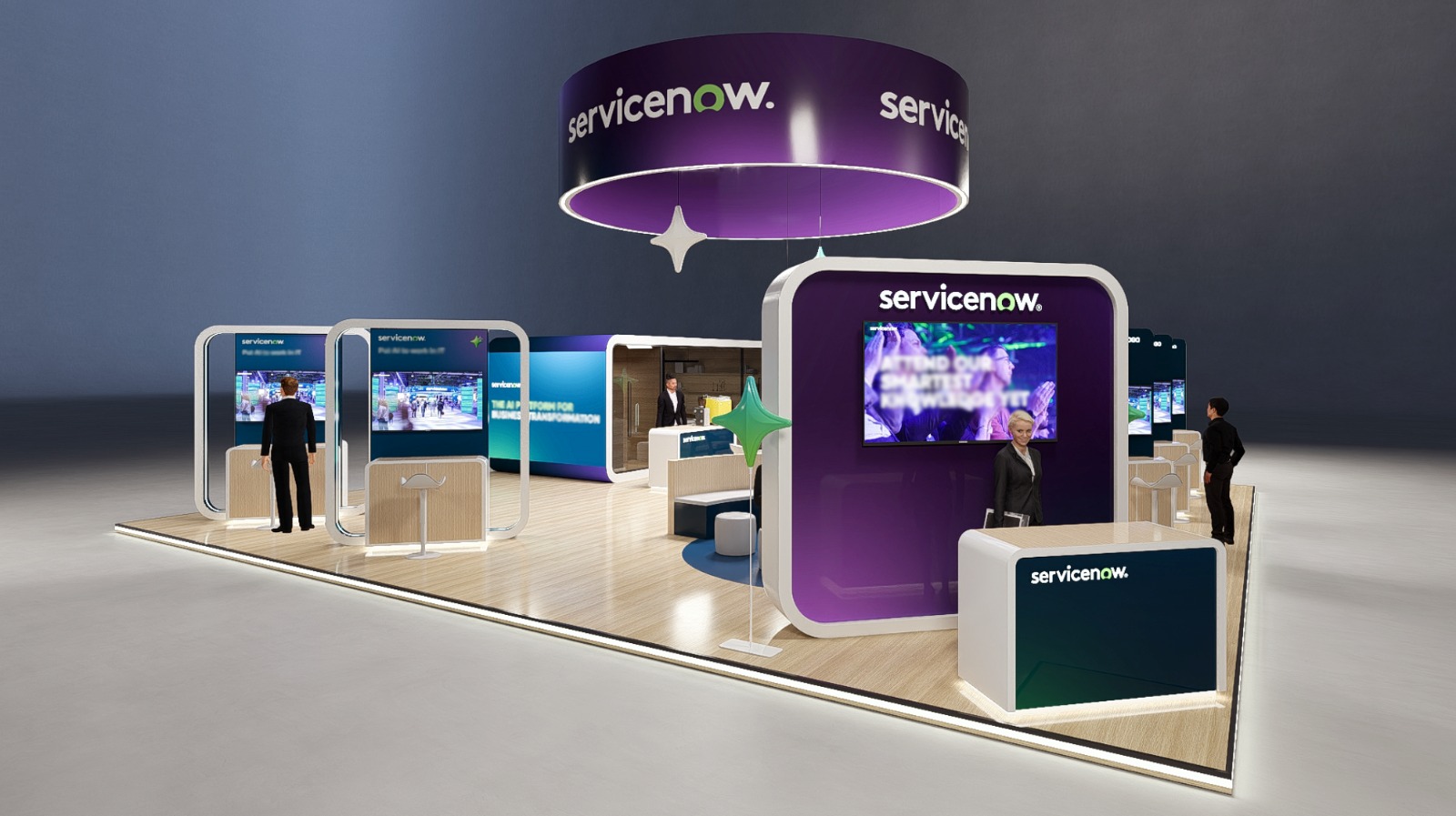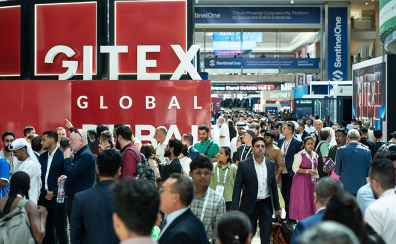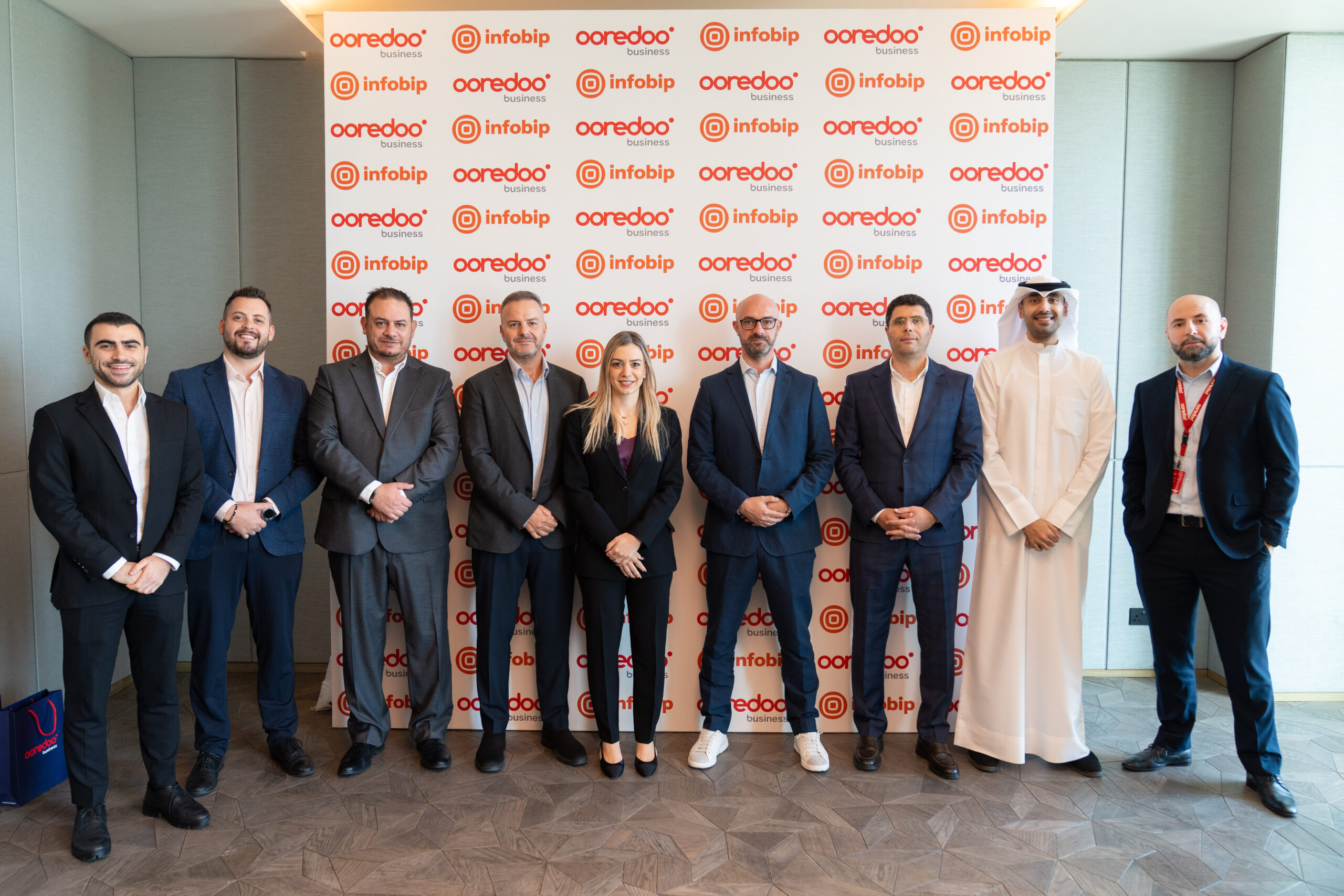Exclusive: Ride-Hailing and Food Delivery Apps Become Brand Engagement Frontiers

Capturing consumer attention is more challenging and critical in the digital era than ever. Gone are the days when brands could rely solely on predictable TV, radio, print, or even the newer wave of digital advertising across social media, podcasts, YouTube, and streaming platforms to build awareness and drive sales. Today, even these channels have become fragmented and saturated, making it harder to guarantee real attention and impact.
By Victor Gryaznov, Head of Ride-hailing Services Monetization, Yango Ads
The rise of adtech and advertising ecosystems has provided brands with a powerful new avenue to influence purchasing decisions. These enable brands to engage with consumers and convert them within the same platform, reshaping how marketers approach their strategies.
The Middle East is no exception to this trend. Driven by high mobile penetration, a young, digital-first population, and booming e-commerce, adtech is becoming a must-have for brands operating in the region, with advertising spend in the Middle East projected to grow by six percentage points this year.
But as competition within the traditional platforms intensifies, a new frontier has emerged: ride-hailing and food delivery apps. These platforms are no longer just services; they are high-conversion media channels, offering businesses unique ways to reach consumers at pivotal moments.
High Usage Frequency and Affluent Audience
Ride-hailing and food delivery apps have millions of users engaging with their platforms daily. These are high-intent, digitally savvy consumers accustomed to seamless, app-driven experiences. By default, these platforms attract an affluent, urban user base, which is a key demographic for many brands.
More importantly, these platforms have direct, first-party relationships with their users. This enables precise targeting, personalized messaging, and measurable outcomes, a significant advantage as third-party cookies continue to decline in reliability. Brands can tap into this ecosystem to connect with high-spending, loyal users who are already accustomed to making transactions within the app environment. For example, restaurants can use food aggregators to convey offers and promotions directly to their regulars.
Integrated Engagement Mechanics
These apps go beyond ad placements; they provide integrated engagement opportunities that are seamlessly woven into the user journey. From sponsoring ride categories to promoting targeted offers based on destinations or food basket behaviours, the possibilities for contextual engagement are immense.
Yango’s international super-app, for example, connects millions of logged-in users worldwide through its global ride-hailing and delivery services. Through carefully integrated ad placements, brands can reach these high-intent audiences at the exact moments that matter, whether that’s during a trip, while ordering food, or exploring local services.
Moreover, these opportunities extend beyond endemic brands. Financial services, telecoms, and entertainment platforms are all recognising the value of reaching consumers during potential purchase moments. A bank promoting a cashback card mid-ride, or a streaming service advertising a new series during a food order, exemplifies how these apps can deliver real-time, relevant messaging.
No Banner Blindness and Higher Effectiveness
Unlike social media or display advertising, where ad fatigue and “banner blindness” have reduced effectiveness, ride-hailing and delivery apps operate in an environment where advertising is minimal and impactful. Users on these platforms are in a unique mindset, focused on convenience, speed, and, often, impulse purchases.
This is particularly valuable for categories like food, drinks, and low-involvement products, where timely, well-placed ads can drive immediate action. Industry data shows that native ad placements within these apps achieve click-through rates (CTR) of 6-8% in some markets, far exceeding the 0.3-0.5% CTR typical of standard digital ads.
With only 1-2 banners per session and highly relevant, native ad formats, brands experience greater visibility and stronger engagement, rather than the ads being viewed as an external disruption. Importantly, these ads also benefit from in-app analytics and real-time campaign optimization, ensuring maximum return on investment.
100% Genuine Traffic and Platform Trust
Trust is a cornerstone of effective advertising. Unlike the open web, where bots, click fraud, and unreliable metrics can distort results, ride-hailing and delivery apps operate within logged-in ecosystems populated exclusively by real users.
This first-party data advantage means advertisers can be confident in the quality and authenticity of their campaigns. Moreover, partnerships with established, trusted platforms further enhance brand credibility. For marketers concerned with both reach and responsibility, these platforms provide a rare combination of scale, targeting precision, and verified audiences.
As privacy regulations tighten worldwide, including in the Middle East, the importance of first-party data cannot be overstated. In-app advertisements are uniquely positioned to thrive in this environment, offering advertisers access to highly engaged audiences while respecting evolving privacy standards.
The Road Ahead
Ride-hailing and food delivery apps have rapidly evolved into an essential component of the modern advertising landscape. Their ability to combine broad reach, affluent audiences, contextual engagement, and measurable results positions them as the next frontier for performance and brand marketing. In fact, a major US ride-hailing platform grew its advertising revenue by 400% YoY in Q2 of 2023 through in-app ads, underlining how quickly these services are transforming into powerful advertising ecosystems.
In the Middle East, where mobile-first behaviour is the norm and consumer expectations for seamless, digital experiences are high, adopting full-funnel, integrated advertising strategies is essential. Brands that continue to separate brand-building from performance marketing risk missing out on both growth and efficiency. Today’s consumer journey is non-linear, moving from discovery to purchase in minutes, often within a single app. Platforms that enable seamless, trusted, and impactful engagement are the future of advertising.
For marketers ready to embrace this shift, ride-hailing and food delivery platforms offer direct access to high-value audiences, real-time data, and the tools to build both brand awareness and measurable sales within the same environment.








